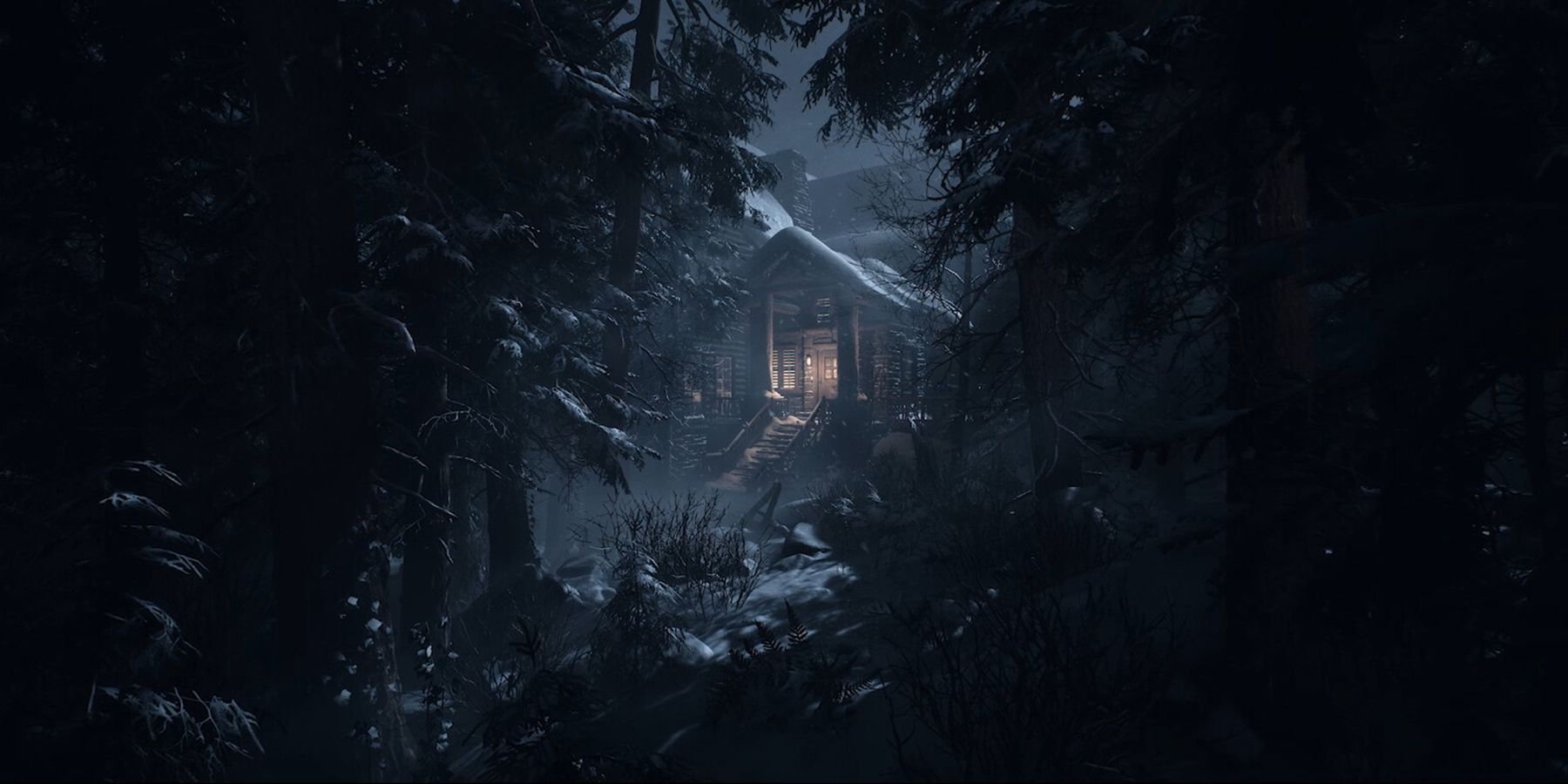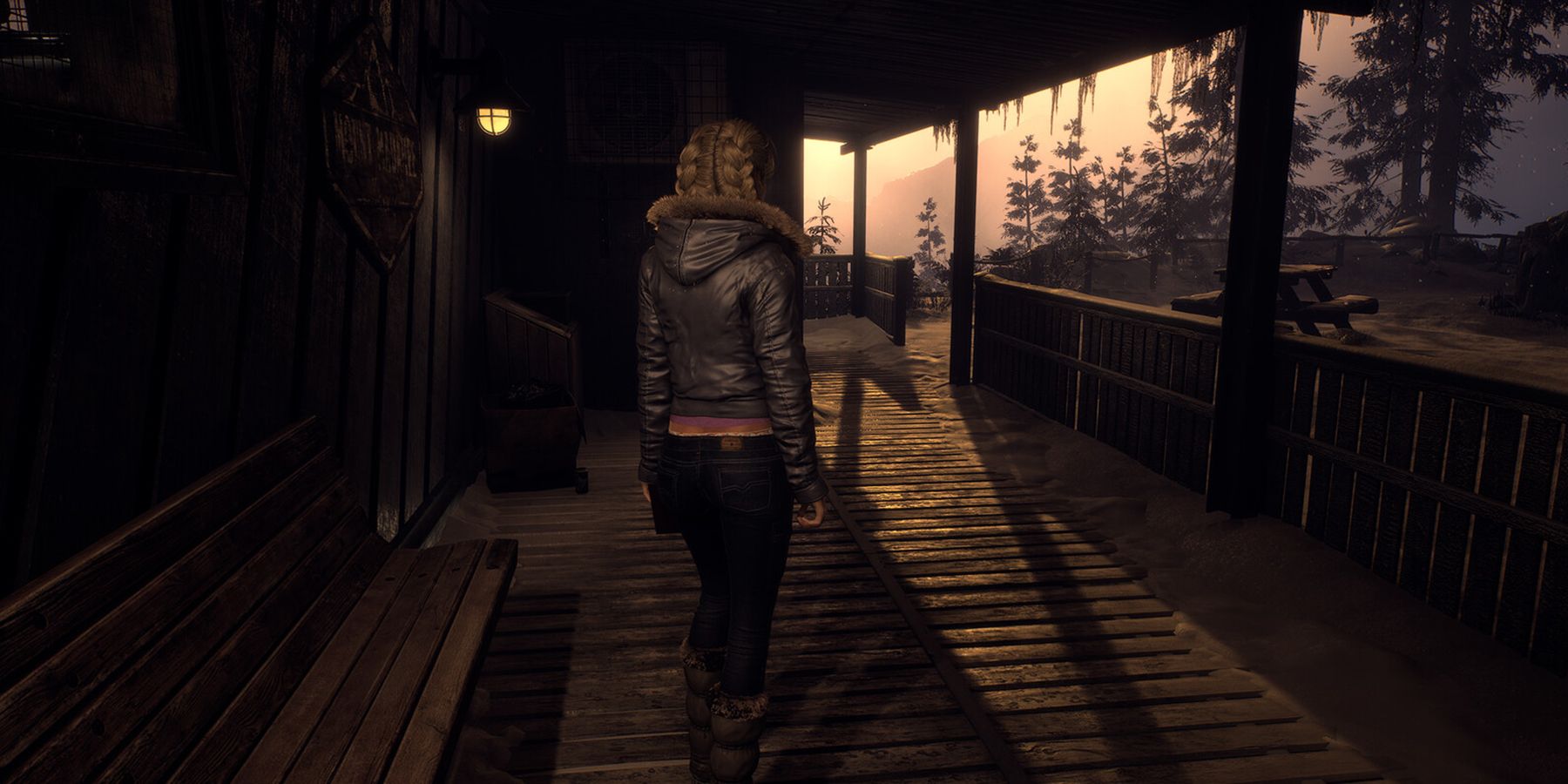Quick Links
Table of Contents
The 2024 remake of Until Dawn has finally released on both PlayStation 5 and PC, giving players plenty of reasons to revisit this amazing title. Many players missed this PS4 exclusive when it originally launched in 2015, particularly those on PC. However, even with the recent release, things aren’t entirely smooth.
The PC version of Until Dawn (2024) has faced heavy criticism due to mandatory PSN requirements and poor optimization. Many players are experiencing performance issues with the game. If you’re one of them, you’ve come to the right place, as the guide below aims to help improve your FPS while maintaining the game’s stunning visuals and atmosphere.
Related
All Changes in the Until Dawn Remake
Many players are wondering what the differences are in the Until Dawn Remake, so here are all the changes Ballistic Moon have confirmed.
Recommended Screen Settings For Until Dawn
You may not be able to gain much extra performance from this section, but choosing the correct settings is still crucial. A single wrong setting can make Until Dawn look excessively blurry or choppy.
The
Camera Aspect Ratio is the most important setting here
.
|
Graphical Option |
Description |
Recommended Setting |
|---|---|---|
|
Screen Mode |
This setting determines if the game utilizes the entire screen of the monitor or only a portion of it. Borderless allows for smooth Alt + Tabbing. |
Borderless |
|
Resolution |
This setting determines the resolution of the game. Going below Native will make the game extremely blurry. |
Native |
|
Framerate Limit |
This setting determines whether the in-game FPS cap is enabled. Select a cap that your GPU can consistently maintain. If you prefer to always have the highest possible framerate, turn this option off. |
Personal Choice |
|
Vertical Sync |
This setting eliminates screen tearing but limits the FPS to your monitor’s refresh rate and may introduce slight input lag. It’s recommended to enable it, as Until Dawn is not a fast-paced game, and a consistent framerate will enhance the overall experience. |
On |
|
Camera Aspect Ratio |
This setting determines the game’s aspect ratio. 16:9 fills the entire screen, while 2.39:1 offers better performance by adding black bars. The latter also gives the game a more cinematic feel. |
2.39:1 |
Recommended Quality Settings For Until Dawn
This is where Until Dawn players will gain the most performance. While you may not be able to experience the game’s best visuals, the goal here is to find the ideal balance between visual quality and performance.
|
Graphical Option |
Description |
Recommended Setting |
|---|---|---|
|
View Distance |
This setting controls the quality of objects that are distant from the player. |
Medium |
|
Anti Aliasing Method |
This setting determines the antialiasing technology used to smooth out the game’s edges. FXAA can make the game look overly soft, so it’s best to stick with TAA. |
TAA |
|
Anti Aliasing Quality |
This setting determines the quality of the antialiasing technology used. |
Ultra |
|
Post Processing |
This setting determines the quality of various post-processing effects, like Depth of Field, Ambient Occlusion, and Bloom. |
Ultra |
|
Shadows |
This setting determines the resolution, accuracy, and quality of shadows in the game. Medium offers a major performance boost but has artifact bugs. |
High (Medium if no bugs) |
|
Textures |
This setting controls the quality of textures and their filtering options. It does not impact performance as long as the GPU’s VRAM limit is not exceeded. |
GPU Dependent |
|
Effects |
This setting determines the quality of various visual effects in the game, like Smoke and Fire. |
Medium |
|
Foliage |
This setting determines the quality and quantity of foliage like trees, shrubs, and plants. |
Medium |
|
Volumetric Lighting & Fog |
This setting determines the quality of volumetric fog and other 3D lighting effects. |
Medium |
|
Reflections |
This setting determines the quality and accuracy of various reflections in the game. |
High |
|
Shading Quality |
This setting controls the quality of various shading effects, such as hair and material quality. It cannot be used when TSR upscaling is enabled. |
High |
Recommended Advanced Quality Settings For Until Dawn
Until Dawn includes a variety of extra effects, most of which should be turned off. However, they are worth mentioning in case you prefer certain ones. For starters, turn off both Film Grain and Chromatic Aberration for the clearest image. Motion Blur should only be enabled if you’re playing at a lower framerate, such as 30 FPS. Disable Virtual Shadow Maps, but keep Bloom on to enhance the atmosphere. Finally, Image Sharpening is a personal preference; some prefer a highly sharpened image, while others do not. The default value of 35 is recommended for most players.
Recommended Resolution Scaling Settings For Until Dawn
This section is for players looking to squeeze even more performance out of Until Dawn. Here, upscaling technologies and Frame Generation come into play.
- If you’re desperate for more frames, consider using DLSS or FSR. For 1080p players, it’s important not to go below the Quality setting, as lower settings can make the game appear too blurry. DLSS is available only for RTX 2000 series and newer GPUs, while others should use FSR.
- Finally, Frame Generation should be used as a last resort. This technology significantly boosts framerate by generating “fake frames” between real ones, making the game appear smoother. However, it comes at a cost: you’ll face increased input lag and ghosting. If you’re comfortable with these trade-offs, consider enabling it.
As of the time of writing, Ray Tracing is not functioning properly in
Until Dawn
. Therefore, it’s best to disable all ray tracing features to achieve higher performance. Future patches may address these issues, making
the visual enhancements worth
the framerate trade-off.



























